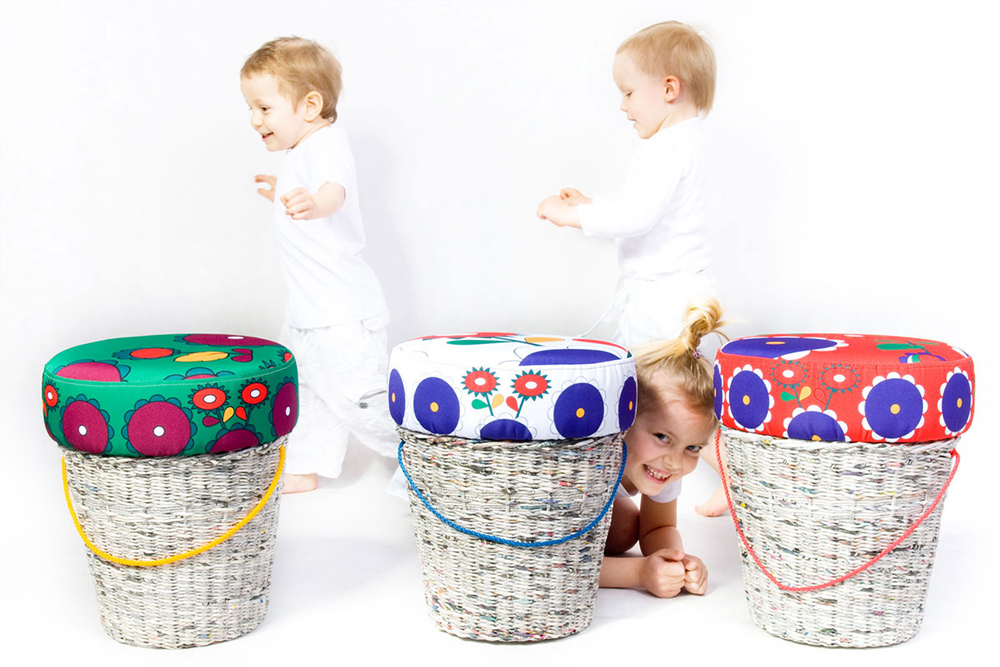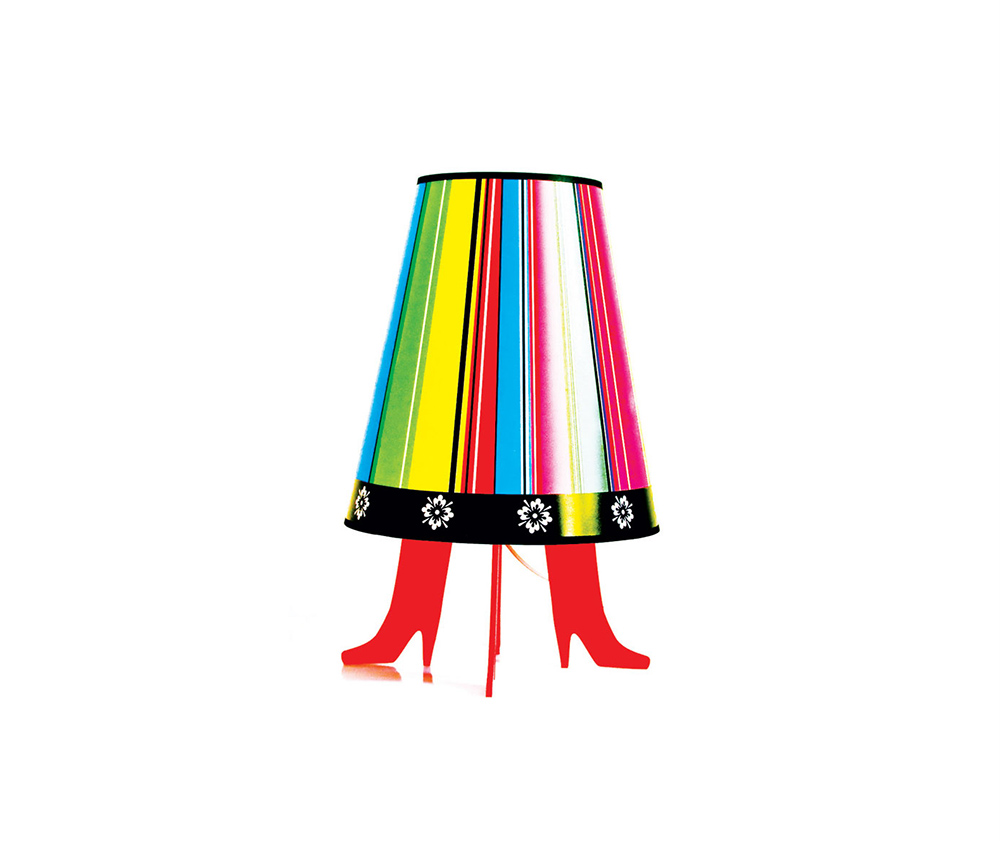Striped Łowicz folk costume fabric, peacock feathers, Polish highlanders' walking sticks – these have all inspired Polish design. In the 1890s, when Poland didn't have statehood, the search for a so-called national style intensified. Galicia, as part of the Austrian Partition, had more autonomy than the regions under the rule of Russia and Prussia. Thus Krakow became the centre of development for a style that would truly reveal the character of Poland.
Stanisław Witkiewicz played an important role in the process. He was a colourful character, a visionary of the bohemian milieu. Witkiewicz was a hallucinogenic author who signed his portraits with the chemical substances that he consumed. Folk art, the customs of the highlanders from the Tatry mountains and Zakopane in particular, fascinated him. His concepts of national style were based on the characteristic buildings of the region with their tall stone foundations, sloping rooftops, and wooden sculptures.
Although other artists would later return to the Zakopane style, it never grew to become the national style. In the 1920s, after Poland regained its freedom, folk motifs found their way back to design. Once again, it was an expression of national identity. In the field of design, the current was spurred by artists from the Warsztaty Krakowskie group. Instead of borrowing patterns and motifs, the artists wanted to immerse folk design in the 20th century. The Polish pavilion at the Paris World Expo is an excellent example of this. The joint work of Józef Czajkowski, Karol and Zofia Stryjeński, a strange hybrid of art deco, the Zakopane style and folk elements, is another.
 Polish pavilion at the International Exposition of Decorative Art in Paris (project by Józef Czajkowski), "Rhythm" statue by Henryk Kuna, 1925, photo: courtesy of Zachęta National Gallery of Art
Polish pavilion at the International Exposition of Decorative Art in Paris (project by Józef Czajkowski), "Rhythm" statue by Henryk Kuna, 1925, photo: courtesy of Zachęta National Gallery of ArtMany contemporary Polish designers continue to integrate folk design into their work. The MOHO Design carpet was one of the first Polish products to win the prestigious Red Dot Award. The carpet is a large-scale folk cut out which blows traditional folk ornaments out of proportion. The decorative borders were made using a laser. MOHOHEJ!DIA has yet another approach. Without copying folk patterns, the product is modern and rooted in regionalism at the same time.
 "Mohohej! DIA", carpet, project: Magdalena Lubińska, Michał Kopaniszyn, photo: courtesy of the designers
"Mohohej! DIA", carpet, project: Magdalena Lubińska, Michał Kopaniszyn, photo: courtesy of the designersAnother artist whose works refer to folk motifs in an uncommon way is Katarzyna Herman-Janiec (Protein Studio). To create her multi-functional baskets/ seats/ containers called Pleciaki, she uses a technique for weaving wicker baskets with "tutki" newspaper rolls. The colours are well-assembled and the optimistic piece of furniture with an upholstered seat has lively folk patterns.
 "Pleciaki", photo: courtesy of the artist
"Pleciaki", photo: courtesy of the artistThen there's the Zako New! chair, a modern piece of furniture referring to the Zakopane tradition. Characteristic regional ornaments are visible on the transparent back of the chair and the seat. The She! lamp by Herman-Janiec takes ethnographic inspirations to a new level. These are no longer just subtle references but humorous quotes from folk tradition. The shape and colour is based on the seam of the traditional skirts of the Łowicz region, and the base of the lamp is a fibreglass boot.
 "She" lamp, photo: courtesy of the artist
"She" lamp, photo: courtesy of the artist Minimalism and function
If you agree with Adolf Loos that "ornaments are a crime" and your life philosophy is Mies' "Less is More" then you would certainly feel at home in a room furnished by contemporary designers Tomasz Augustyniak, Paweł Grobelny, and Bashko Trybek.
The minimalistic aesthetic of Bauhaus and the texts of Le Corbusier came to Poland in the 1920s and 1930s when the groups Blok and Praesens were looking for their avant-garde modes of expression. In the 30s Helena and Szymon Syrkus made furniture that directly drew from the Bauhaus concepts. Their pieces were constructed of steel pipes. Barbara Brukalska on the other hand made furniture that was cheap and meant for specialist workshops.
 Helena Syrkus, Szymon Syrkus, interior of a house in Skolimowo, 1932-1933, photo: IAM
Helena Syrkus, Szymon Syrkus, interior of a house in Skolimowo, 1932-1933, photo: IAMWhat remains characteristic of the works of contemporary Polish designers is simplicity, harmony and timelessness.
In his projects, Tomasz Augustyniak pays attention to functionality. This is visible in his sofas (Nel, Ozon) and armchairs. The mobile elements of the armchair makes the seat user friendly. Augustyniak's furniture has echoes of Bauhaus and art deco. The Fado and Stone armchairs have geometric shapes and are elegant and simple.
 Tomasz Augustyniak, "FADO", 2002, photo: COMFORTY
Tomasz Augustyniak, "FADO", 2002, photo: COMFORTYIn his works, Paweł Grobelny also underlines the importance of function. He created a multifunctional shelf which is simultaneously a coffee table and a bookmark. The Sur le Fil table has a mobile worktop on adjustable aluminium legs.